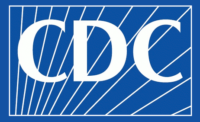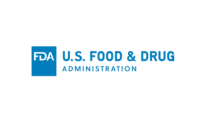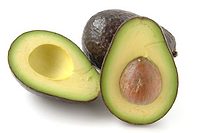The Interagency Food Safety Analytics Collaboration (IFSAC) has released a document, titled, Foodborne Illness Source Attribution Estimates for 2020 for Salmonella, Escherichia coli O157, and Listeria monocytogenes Using Multi-Year Outbreak Surveillance Data, United States. IFSAC comprises the U.S. Food and Drug Administration (FDA), the U.S. Centers for Disease Control and Prevention (CDC), and the U.S. Department of Agriculture’s Food Safety and Inspection Service (USDA’s FSIS).
IFSAC uses a method to estimate the percentages of foodborne illnesses attributed to certain sources using outbreak data from 1998 through the most recent year for IAFSC’s priority pathogens: Salmonella, E. coli O157, L. monocytogenes, and Campylobacter. Unlike in prior IFSAC annual reports, attribution estimates for Campylobacter are not presented in the 2020 report. Evidence suggests the sources of Campylobacter outbreaks likely differ considerably from the sources of non-outbreak illnesses caused by the pathogen. IFSAC is exploring alternative approaches for estimating the sources of Campylobacter illnesses.
The present estimates were derived from 1,287 foodborne disease outbreaks, each suspected or confirmed to be associated with a single food category, occurring from 1998 through 2020. The method heavily relies on outbreak data from 2016 or later. In total, 960 outbreaks were linked to Salmonella, 272 to E. coli, and 55 to L. monocytogenes.
The findings revealed that more than 80 percent of illnesses caused by E. coli were linked to vegetable row crops, such as leafy greens, and beef. More than 75 percent of Salmonella illnesses were attributed to seven food categories, which are in descending order: chicken, fruits, pork, seeded vegetables, other produce (i.e., fungi, herbs, nuts, root vegetables, etc.), beef, and turkey. For L. monocytogenes illnesses, more than 75 percent were attributed to, in descending order: dairy products, fruits, and vegetable row crops; however, the rarity of L. monocytogenes outbreaks makes estimates for the pathogen less reliable than for Salmonella and E. coli.




